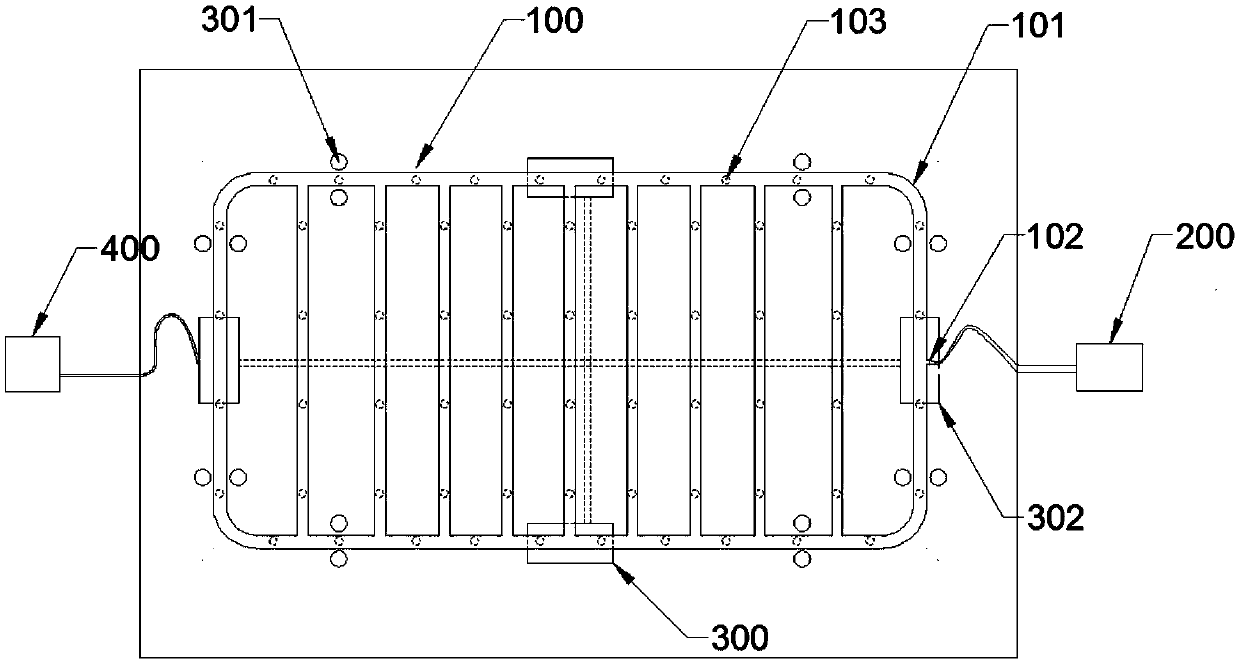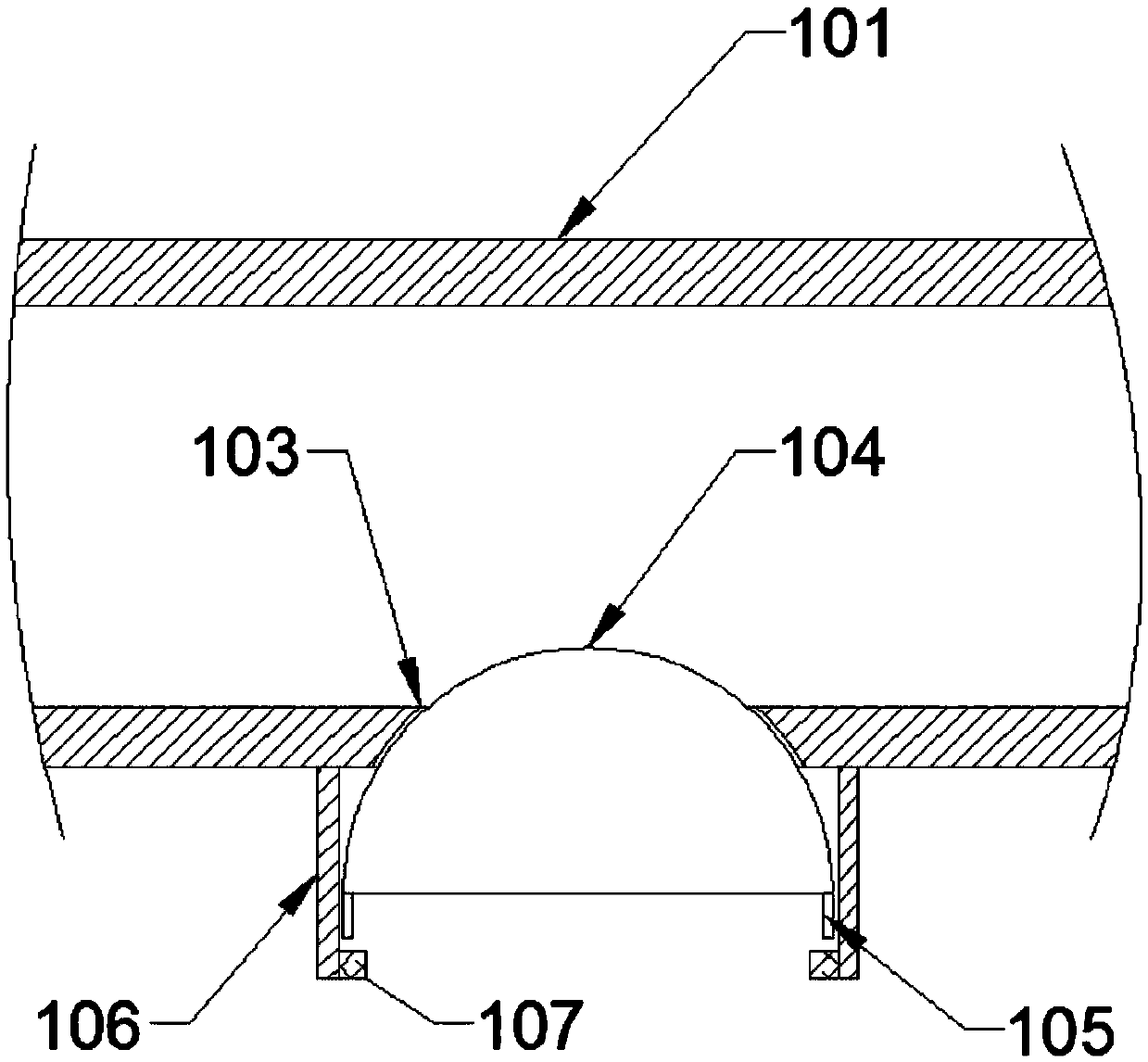Japanese shrimp anti-poison breeding method
A breeding method and technology of prawns, which are applied in fish farming, food processing, climate change adaptation, etc., can solve the problems of restricting industrial development, low breeding output, and slow growth speed, so as to improve immunity, enhance disease resistance, The effect of easy operation
- Summary
- Abstract
- Description
- Claims
- Application Information
AI Technical Summary
Problems solved by technology
Method used
Image
Examples
Embodiment 1
[0043] In order to realize these objects and other advantages according to the present invention, a kind of anti-toxic culture method of japonica prawn is provided, comprising:
[0044] A, after removing the sludge at the bottom of the culture pond, spread quicklime, and expose to the sun for 2 days, and disinfect the bottom of the culture pond;
[0045] B. Mix kaolin and fine sand in a mass ratio of 1:2 to make mixed soil. After laying 10cm thick mixed soil at the bottom of the culture pond, expose to the sun for 2 days;
[0046] C, pouring water to the depth of water in the culture pond is 50cm, sprinkle into the plant ash of 5kg / mu, the cow dung of 3kg / mu and the calcium magnesium phosphate fertilizer of 0.5kg / mu in the culture pond afterwards, leave standstill after 10 days, in the culture pond, fill water to The water depth is 1.5m;
[0047]D. Put japonica shrimp seedlings in the breeding pond at a breeding density of 40,000 tails / mu, and then feed ozone into the bree...
Embodiment 2
[0082] In order to realize these objects and other advantages according to the present invention, a kind of anti-toxic culture method of japonica prawn is provided, comprising:
[0083] A, after removing the sludge at the bottom of the culture pond, spread quicklime, and expose to the sun for 2 days, and disinfect the bottom of the culture pond;
[0084] B. Mix kaolin and fine sand in a mass ratio of 1:2 to make mixed soil. After laying the mixed soil with a thickness of 10 cm at the bottom of the culture pond, expose to the sun for 3 days;
[0085] C, pouring water to the depth of water in the culture pond is 55cm, sprinkle into the plant ash of 7kg / mu, the cow dung of 4kg / mu and the calcium magnesium phosphate fertilizer of 0.8kg / mu in the culture pond afterwards, leave standstill after 12 days, in the culture pond, fill water to The water depth is 1.6m;
[0086] D. Throw in japonica shrimp seedlings at a breeding density of 45,000 tails / mu in the breeding pond, and then...
Embodiment 3
[0121] In order to realize these objects and other advantages according to the present invention, a kind of anti-toxic culture method of japonica prawn is provided, comprising:
[0122] A, after removing the sludge at the bottom of the culture pond, spread quicklime, and expose to the sun for 3 days, and disinfect the bottom of the culture pond;
[0123] B. Mix kaolin and fine sand in a mass ratio of 1:2 to make mixed soil. After laying the mixed soil with a thickness of 10 cm at the bottom of the culture pond, expose to the sun for 3 days;
[0124] C. Inject water into the culture pond until the water depth is 60cm, then sprinkle 10kg / mu of plant ash, 5kg / mu of cow dung and 1kg / mu of calcium magnesium phosphate fertilizer into the culture pond, and after standing for 15 days, pour water into the culture pond to the water depth 1.8m;
[0125] D. Put japonica shrimp seedlings in the breeding pond at a breeding density of 40,000 to 50,000 / mu, and then feed ozone into the breedi...
PUM
 Login to View More
Login to View More Abstract
Description
Claims
Application Information
 Login to View More
Login to View More - R&D
- Intellectual Property
- Life Sciences
- Materials
- Tech Scout
- Unparalleled Data Quality
- Higher Quality Content
- 60% Fewer Hallucinations
Browse by: Latest US Patents, China's latest patents, Technical Efficacy Thesaurus, Application Domain, Technology Topic, Popular Technical Reports.
© 2025 PatSnap. All rights reserved.Legal|Privacy policy|Modern Slavery Act Transparency Statement|Sitemap|About US| Contact US: help@patsnap.com


